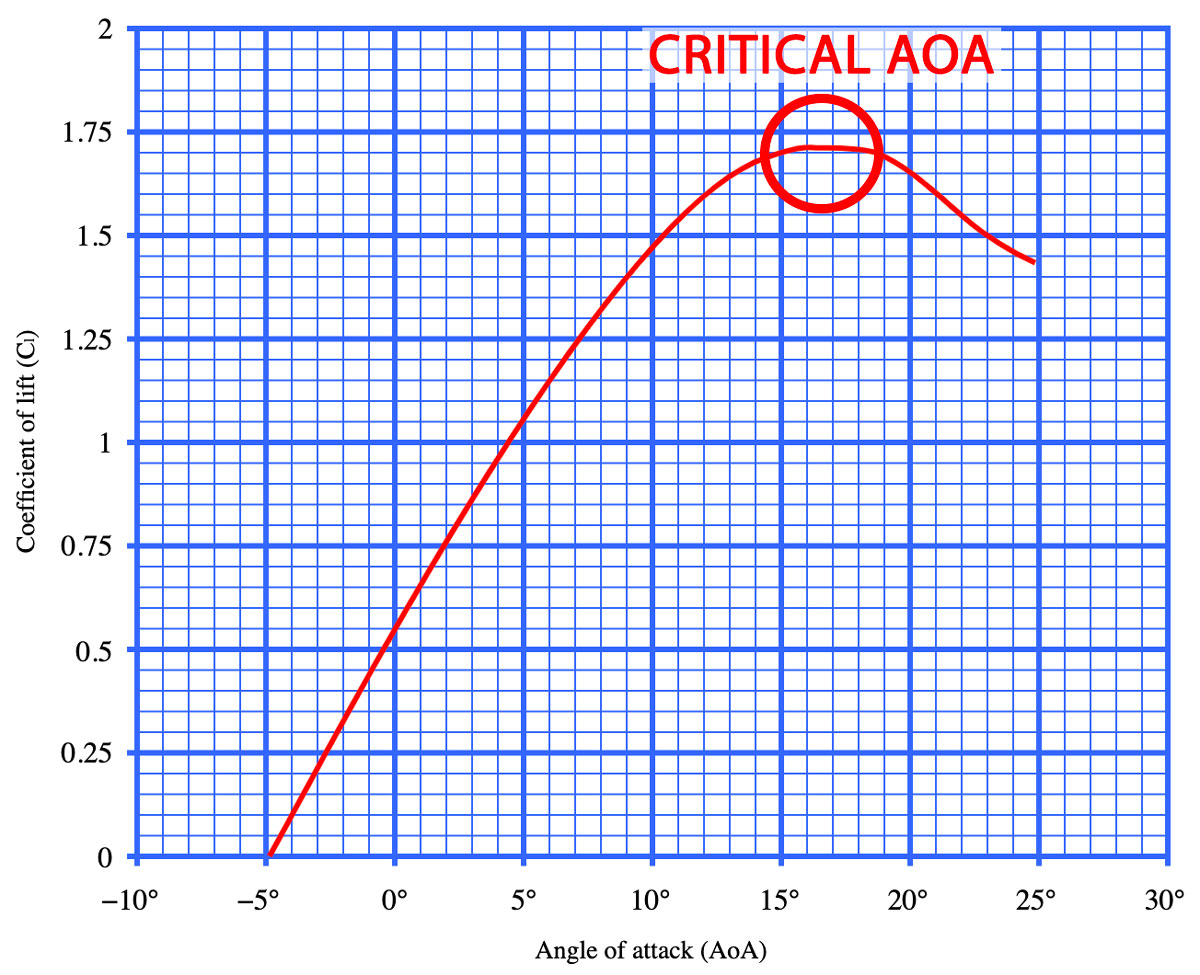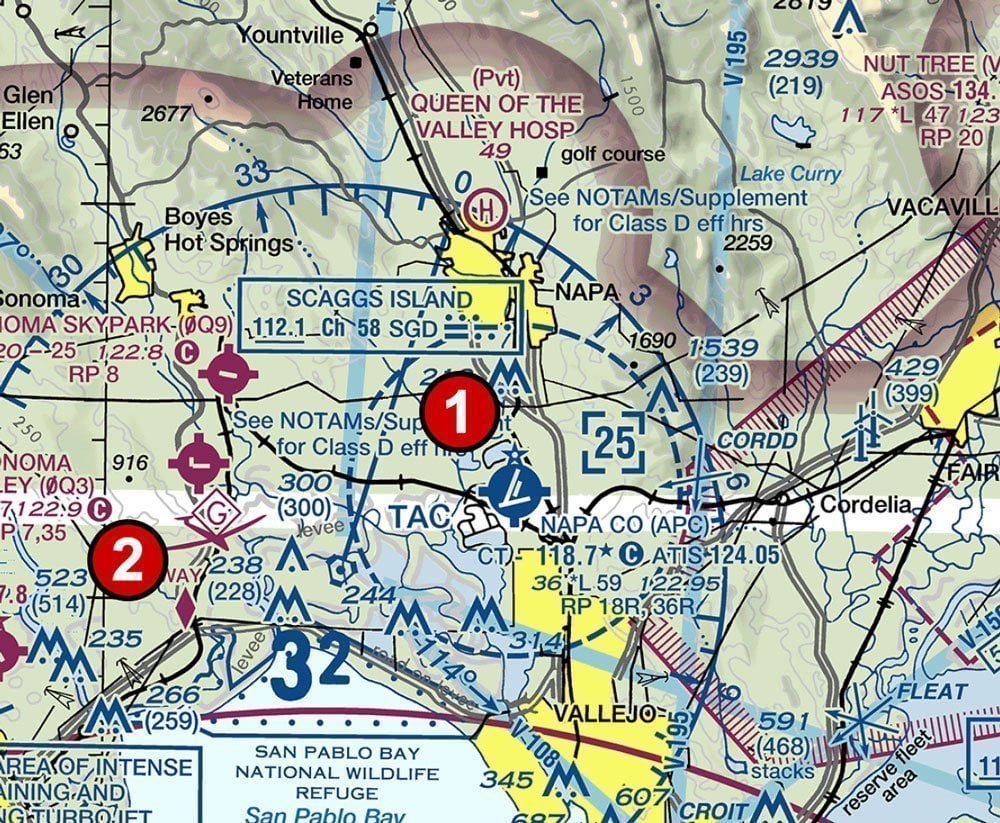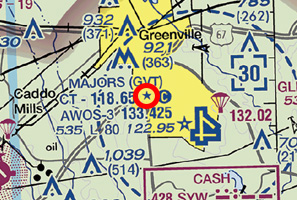Disclosure: This post may contain affiliate links. I earn a small commission of product sales to keep this website going.
Taking a Free FAA Part 107 Remote Pilot Practice Test
Updated in 2025 with new questions.
It’s been a pleasure to offer a free FAA Part 107 practice test in my online school. A lot of future professional remote pilots have been taking advantage of this, and it’s really given me some insight into what people are studying for the test.
There are some questions and knowledge areas where people who have been self-studying are very strong.
There are other areas and questions that everyone has been having problems with. In particular, the new regulations and airspace/chart-reading.
Save $25 on the full Part 107 Test Prep Course – click here to have the discount auto-applied.
What you really need to know to pass the FAA Part 107 test
The FAA tests for understanding, not memorization.
Only a small handful of FAA-written questions are available to the public for studying and practice. Everything else is written by instructors like me and study guide publishers.
Your actual Part 107 Remote Pilot test will mostly have questions that you’ve never seen before. You’ll need to know why the answer is correct, not just what the answer is. I hope that makes sense.
I’m just trying to emphasize that you can’t take a free Part 107 practice test over and over until you get the questions right and think you’re good to go. You don’t have that option with the actual FAA test without having to wait 14 days and shelling out another $175 each time.
So let’s take a look at the ten most missed questions from my Part 107 practice test covering all aeronautical knowledge areas. Hopefully, this will give some folks an idea about how they should study for the Remote Pilot test.
About the Part 107 Practice Test (updated in 2025):
- A FREE version containing a total of 60 questions and three-day access
- A PRIME version containing over 315 questions, two-month access, and test-taking tips
- Both tests will present you with 60 random questions each time you start it
The free Part 107 Practice Test includes the most recent rule changes, like Remote ID and Operations Over People.
Also read:
- How to schedule the Part 107 Remote Pilot test
- How to apply for your Remote Pilot certificate after the test
The most-missed question
1)

(Refer to FAA-CT-8080-2H, Figure 21, Area 1). What is the approximate ceiling (top) of Minot Intl (MOT) Class D airspace above ground level?
A) *2,484′ AGL
B) 4,200′ AGL
C) 6,684′ AGL
This question is asking for an AGL (above ground level) answer for the top of Class D airspace, which is annoted on the charts in MSL (height above mean sea level). So, immediately, we know there’s some math involved. But it’s easy if you know where to start.
The Class D airspace for Minot (at the top of the figure) shows [42] for the height – the ceiling (top) of Minot Intl Class D is 4,200′ MSL. That’s 4,200′ above sea level. But what’s the height above ground level, which is what the question is asking?
All we need to do is subtract the “above sea level” elevation of Minot from the “above sea level” ceiling of Class D. That will give us the height above ground level.
Looking at the airport information block, we see 1716 (in italics), which is the MSL elevation of the airport. 4,200′ above sea level – 1,716′ above sea level = 2,484′. That’s above ground level, or AGL.
Answer B, 4,200′ AGL, is incorrect because the Class D ceiling is 4,200′ MSL, not AGL. Answer C, 6,684′ AGL, is incorrect because it’s impossible for something to be 4,200′ above sea level and 6,684′ above ground level, even in the Dead Sea or Death Valley.
2)
Does air density change the angle of attack where an airfoil will stall?
A) Yes
B) *No
C) Only in rotor-driven aircraft
The angle of attack (AOA) where an airfoil will stall is called the critical angle of attack. Every airfoil design has a specific critical AOA, unique to that airfoil.
If one airfoil design has a critical AOA of 16°, then it’s always 16°. It doesn’t matter what the air density is, what the altitude is, what the temperature is, or what the load is. The critical AOA is 16°.
Those other factors will influence the speed at which the airfoil reaches the critical AOA, but the critical AOA doesn’t change.

3)

The Class E airspace over Napa Co (APC) starts at
A) 2,500′ MSL, above the Class D airspace
B) 2,500′ AGL, above the Class D airspace
C) *2,501′ MSL, above the Class D airspace
Take your time on these questions and read the answers carefully. It’s so easy to look at the chart, see [25] in the Class D airspace, recognize that as meaning 2,500′ MSL, and select that answer.
However, that’s the top of the Class D airspace. Class D includes 2,500′. Which means that Class E starts at 2,501′. It’s so silly, I know, but you can’t make excuses when the test is graded.
4)
If you change your mailing address, you must update your sUAS registration information within
A) 7 days
B) *14 days
C) 30 days
Everyone has been answering 30 days. People have been emailing me, you’re grading it incorrectly.
This is a great example of one of my FAA test-taking tips, RTFQ…Read The (Freakin) Question. The keyword is registration, not pilot certificate. I know, it’s ridiculous, but I didn’t write the rules. Remember these important dates:
- 10 days: Report an accident
- 14 days: Retest after failure; update sUAS registration information
- 30 days: Update pilot certificate information
You can read more about drone registration in this article.
5)
Your drone crashes into a backyard and damages furniture. Repair would cost $650. Replacement would cost $500. Does this need to be reported?
A) Yes
B) *No
C) Only on request of the property owner
Property damage only needs to be reported if both repair and replacement would cost more than $500. If it can be either replaced or repaired for $500 or less, it doesn’t need to be reported.
In this case, since it can be replaced for $500, it does not need to be reported. If it would cost $501, then it would need to be reported.
The key to this is knowing it’s more than $500, not $500 or more.
6)
You want to fly in the middle of the night without an anti-collision beacon for a job. Is it possible to get a waiver for this?
A) *Yes
B) No
C) Only in Class G airspace
Having an anti-collision beacon is a requirement for night flying.
However, you can get waivers for a lot of FAA requirements, and flying without a beacon is one of them.
When determining whether or not to approve your waiver request, the FAA will look at your risk management plan to make sure the operation can be conducted safely. You can read more about waiver requests at this FAA page. It also has a list of operational rules that can be waived.
7)
When you see an asterisk or star in the airport information block, it means that you’ll find amplifying information in the
A) margins of the VFR sectional chart
B) *Chart Supplements U.S. booklet
C) NOTAMS
A star or asterisk means you need to look up supplemental information for the “whole picture.” The information can’t fit on this already-crowded charts. You look up that supplemental information in the Chart Supplements U.S. booklet.
The Chart Supplements booklet has a lot of information about every airport in the U.S., including airport layout, fuel availability, operating hours, special procedures, etc. This information for all airports can’t fit in the margins of the VFR sectional chart so they have their own booklet.

8)
sUAS registration must be renewed every
A) year.
B) two years.
C) *three years.
This is another great example of the “RTFQ” principle.
Slow down. Read the entire question. The question asks about registration renewal, not pilot certificate renewal. Everyone zeroes in on the word “renewal” and says, “Ah, my pilot certificate must be renewed every two years.” Two years is one of the options in the answers, but it’s incorrect for this question.
According to FAR Part 48.100, if you meet the drone registration requirements (anything between 0.55 and 55 pounds), the registration must be renewed every three years.
9)

(Refer to FAA-CT-8080-2H, Figure 21) You have been hired by a farmer to use your small UA to inspect his crops. The area that you are to survey is in the Devil’s Lake West MOA, east of area 2. How would you find out if the MOA is active?
A) *Refer to the Chart Legend
B) The information is available in the Small UAS database
C) Refer to the Military Operations Directory
You’ve most likely heard of the “margins of the chart” where you can find information about special use airspace, like MOAs. This isn’t technically the legend, but it’s the closest answer the FAA gives. Options B and C don’t exist. The Chart Legend, found in the margins of the VFR sectional, can get you to the information you need.
10)
If your UA is capable of operating within one of the four operational categories (variable modes), are you allowed to switch modes inflight?
A) This is not authorized
B) You must land first
C) *Only if you can’t inadvertently switch modes inflight
Unmanned aircraft can be certified to operate in more than one operational category (such as both Category 2 and Category 3).
However, according to FAR 107.150, you can only switch between categories through direct intervention. Meaning, the aircraft can’t be capable of “accidentally” switching from Category 2 to Category 3 inflight.
I get a lot of questions asking how this would even be possible in the first place. Well, if your drone requires an emergency parachute and Remote ID to operate under Category 2 but doesn’t require those to operate under Category 3, there can’t be any way for you to accidentally disable those features inflight. If you want to switch your drone from Category 2 to Category 3, you must land and deliberately disable those systems before flying again.
How would you do on the Remote Pilot Part 107 practice test?
Does any of this change how you’re going to prepare for the actual test?
Take a free Part 107 Remote Pilot practice test to see how you’d do! It was updated in 2025 with new questions.
Read how to schedule your Part 107 test here.
After your test, you can read how to finish applying for your Remote Pilot certificate here.
Good luck!
John
FAA Certified Flight Instructor-Instrument, Advanced Ground Instructor
You may also like:
FAA Part 107 Chart Question Walkthrough

10 Websites That Provide Free Part 107 Practice Test – Drone Reviews
Wednesday 29th of November 2023
[…] 7. John Peltier […]
Xander
Thursday 25th of May 2023
For renewals, the faa website says 2 years, but the link you provided says 3 years. Which one is better to go with in your opinion?
https://www.faa.gov/faq/i-dont-see-expiration-date-my-part-107-remote-pilots-certificate-do-i-have-take-test-annually#:~:text=Your%20certificate%20is%20permanent%20unless,appropriate%20online%20ALC%20training%20course.
John Peltier
Thursday 25th of May 2023
Drone registration must be renewed every three years. Your pilot certificate is every two years. I don't know why they can't just make them the same :)
Xander
Thursday 25th of May 2023
Also, great work on these questions, they have been a huge help! I would love the clarification so I can reference this in the future if I am asked the same.
Nelson
Thursday 8th of September 2022
Thank you
Good sample questions
John
Tuesday 19th of April 2022
This is just great!
Gabriel
Monday 7th of February 2022
Hi, Thank you for putting this together, however, I have a doubt with one of the questions, and maybe you can help me in figuring out why my answer was wrong.. So the question tells about you getting hired to inspect some towers 4nm southwest of the (SUX) airport. The tower AGL is 402 feet. The Towers are inside Class D airspace. I was under the impression that the only moment that you can actually go over any structure above the 400f is when you are in Uncontrolled Airspace, in this case, since you are inside of Class D, from the surface, assuming you got LAANC or ATC approval, you can't go over the height of the structure. The answer given is 802f AGL (basically with the rule of flying 400f above the structure) but I'm very puzzled because I was under the impression that doesn't apply in Controlled Airspace And inside class D as this example is, the answer would be 402f AGL because you can't go higher than the structure height. I would appreciate a lot if you can help me figure this out because I'm stressing over understanding the why..
Ranjit
Thursday 19th of May 2022
@John Peltier, You make it very easy for the students. It was great knowledge and analysis is simply superb.
John Peltier
Monday 7th of February 2022
One of the reasons people miss questions on this test is from overanalyzing everything. The question is simply having you find a tower and then asking what your maximum AGL flight altitude is over that tower. The fact that it's in Class D is irrelevant to the question but is there to throw people off. The only mention of altitude limits in FAR Part 107 is in 107.51, where it says you can go no higher than 400' above the ground or 400' directly over a structure. There's no mention of altitude limits for airspace types in Part 107, and the question isn't asking about that. Will you get airspace authorization from ATC to go higher? That's another matter. As far as Part 107 is concerned, the answer is 400' directly above the 402' tower, or 802' AGL.